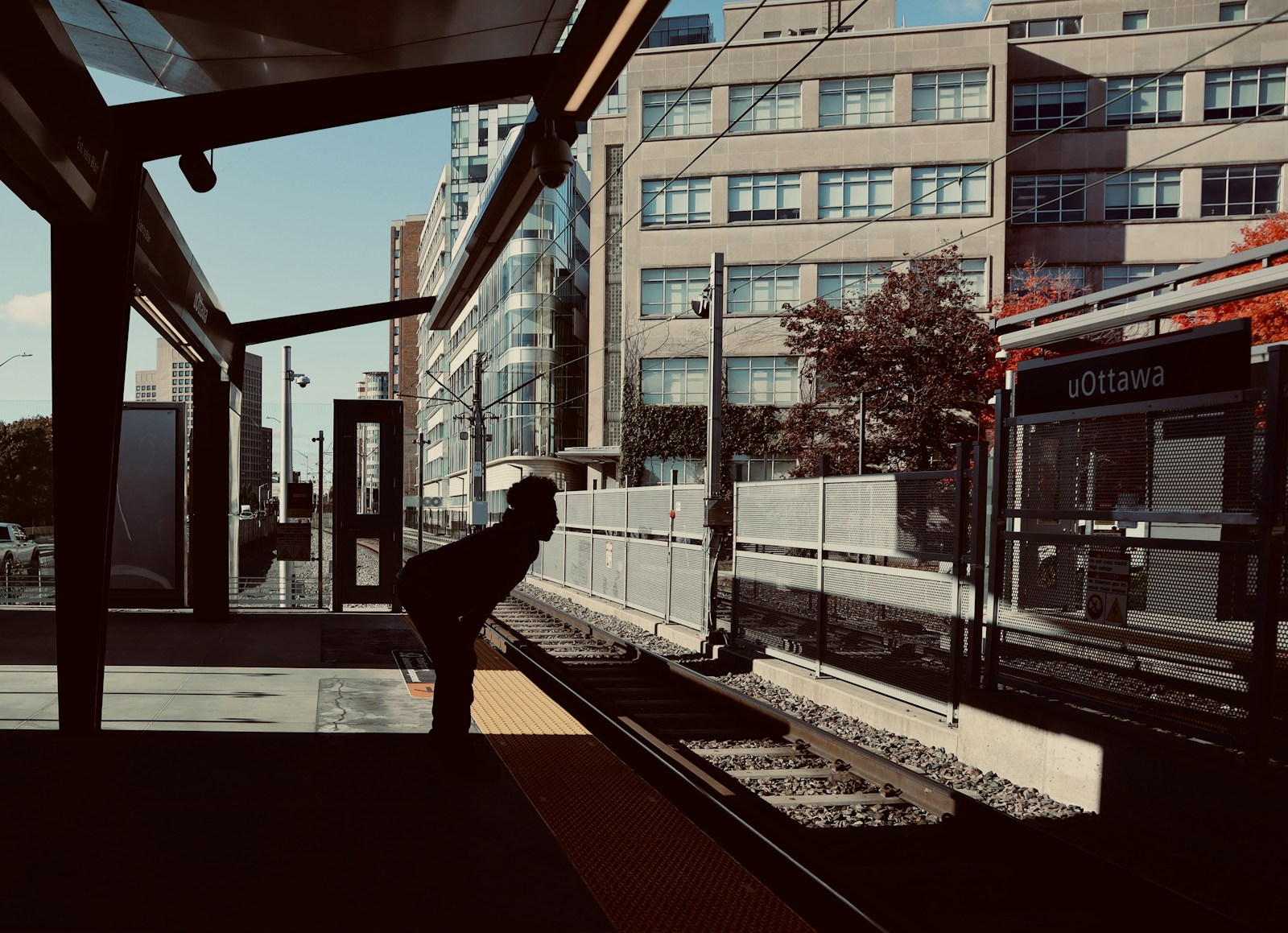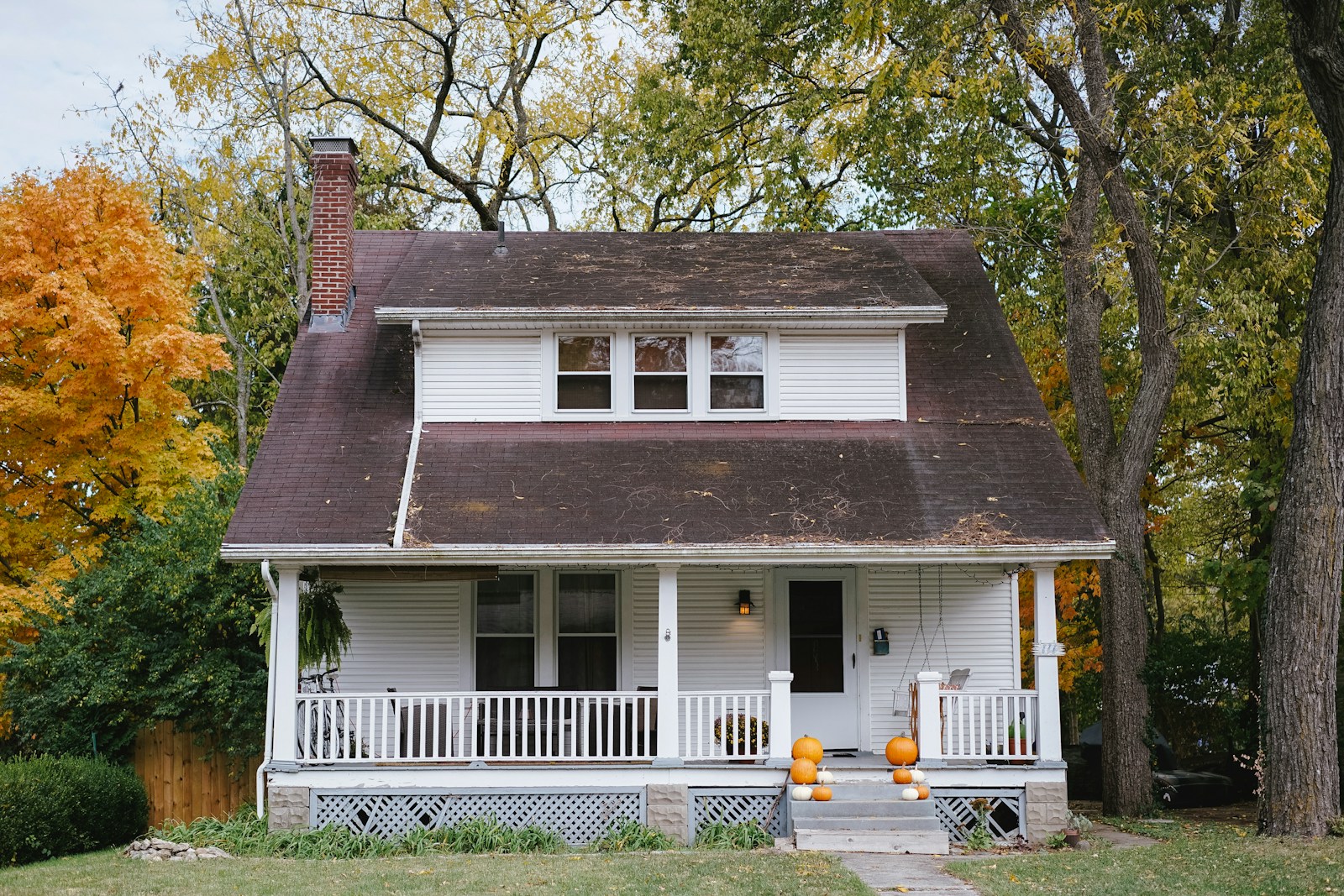Ottawa isn’t just Canada’s capital—it’s also a thriving student city with more than 100,000 post-secondary students across its major institutions. With uOttawa, Carleton University, and Algonquin College continuing to attract local and international students, the demand for student rentals in 2025 remains strong.
For investors and parents alike, knowing the best neighborhoods for student rentals can make the difference between steady income and long vacancies. Let’s break down Ottawa’s top student rental hot spots for this year.
1. Sandy Hill – The Student Hub for uOttawa
Why it’s popular:
Just steps from the University of Ottawa campus.
A mix of historic homes, apartment buildings, and modern student housing.
Walkable to Rideau Centre, ByWard Market, and LRT stations.
Rental insights:
High demand from undergrads who want to walk to class.
Expect competitive rents, but also higher turnover each school year.
Investors often convert large homes into multi-bedroom rentals.
2. Old Ottawa South – Close to Carleton University
Why it’s popular:
Bordered by the Rideau River and Bank Street’s lively strip of shops and cafes.
Walking distance to Carleton University.
A quieter, more residential vibe compared to Sandy Hill.
Rental insights:
Favored by upper-year students and grad students who want a calmer lifestyle.
Detached homes and duplexes are often rented by groups of students.
Strong long-term investment potential thanks to family appeal.
3. The Glebe – Trendy and Walkable
Why it’s popular:
Right beside Carleton University and Lansdowne Park.
Famous for its shops, restaurants, and Canal access.
Attracts students who want both convenience and lifestyle.
Rental insights:
Higher rents than Old Ottawa South, but students are willing to pay for location.
Many homes have basement apartments rented out to students.
Also popular with young professionals, ensuring a wide tenant pool.
4. Centretown & Downtown Core – Mixed Demand
Why it’s popular:
Easy access to both uOttawa and Carleton via LRT and bus routes.
Central location with nightlife, gyms, and part-time job opportunities.
High density of apartments and condos.
Rental insights:
Students who prefer modern condo living flock here.
Smaller 1- and 2-bedroom units are especially in demand.
Parents sometimes purchase condos for their student children as an equity-building move.
5. Heron Park & Alta Vista – Carleton-Friendly Suburbs
Why it’s popular:
Short transit or bike ride to Carleton University.
More affordable rental homes than downtown neighborhoods.
Larger houses often converted into student group rentals.
Rental insights:
Attracts budget-conscious students.
Proximity to Heron Gate Mall and everyday amenities adds convenience.
Consistent demand thanks to Carleton’s growing student body.
6. Nepean – Near Algonquin College
Why it’s popular:
Home to Algonquin College, one of Ottawa’s largest institutions.
Modern condo developments and rental buildings designed for students.
Shopping and services nearby at College Square.
Rental insights:
High demand from both domestic and international students.
Condo units and townhouses are popular choices.
Some landlords see multi-year leases since many programs run 2–3 years.
7. Kanata & Barrhaven – For Commuting Students
Why it’s popular:
Growing suburban communities with more affordable housing.
Some students commute to Algonquin or Carleton by bus or car.
Families often rent basement units to students for extra income.
Rental insights:
Less competitive than central neighborhoods but offers stable demand.
Basement suites and secondary units are especially popular here.
Appeals to international students who value quiet, family-oriented areas.
Tips for Investors in Ottawa’s Student Rental Market
Know the bylaws: Certain areas have restrictions on student group rentals and rooming houses.
Focus on transit access: Proximity to LRT or bus routes is a huge plus.
Plan for turnover: Student rentals typically see higher yearly turnover.
Consider parental guarantors: Many leases involve parents co-signing, which reduces risk.
Final Thoughts
Ottawa’s student rental market in 2025 continues to thrive thanks to its three major institutions. Whether you’re looking at Sandy Hill for uOttawa, Old Ottawa South for Carleton, or Nepean for Algonquin College, each neighborhood offers unique opportunities for steady rental income.
For investors, the key is understanding not just where students want to live—but also what type of housing they prefer. With Ottawa’s population growth and rising enrollment, student rentals remain one of the most reliable investment strategies in the city.













